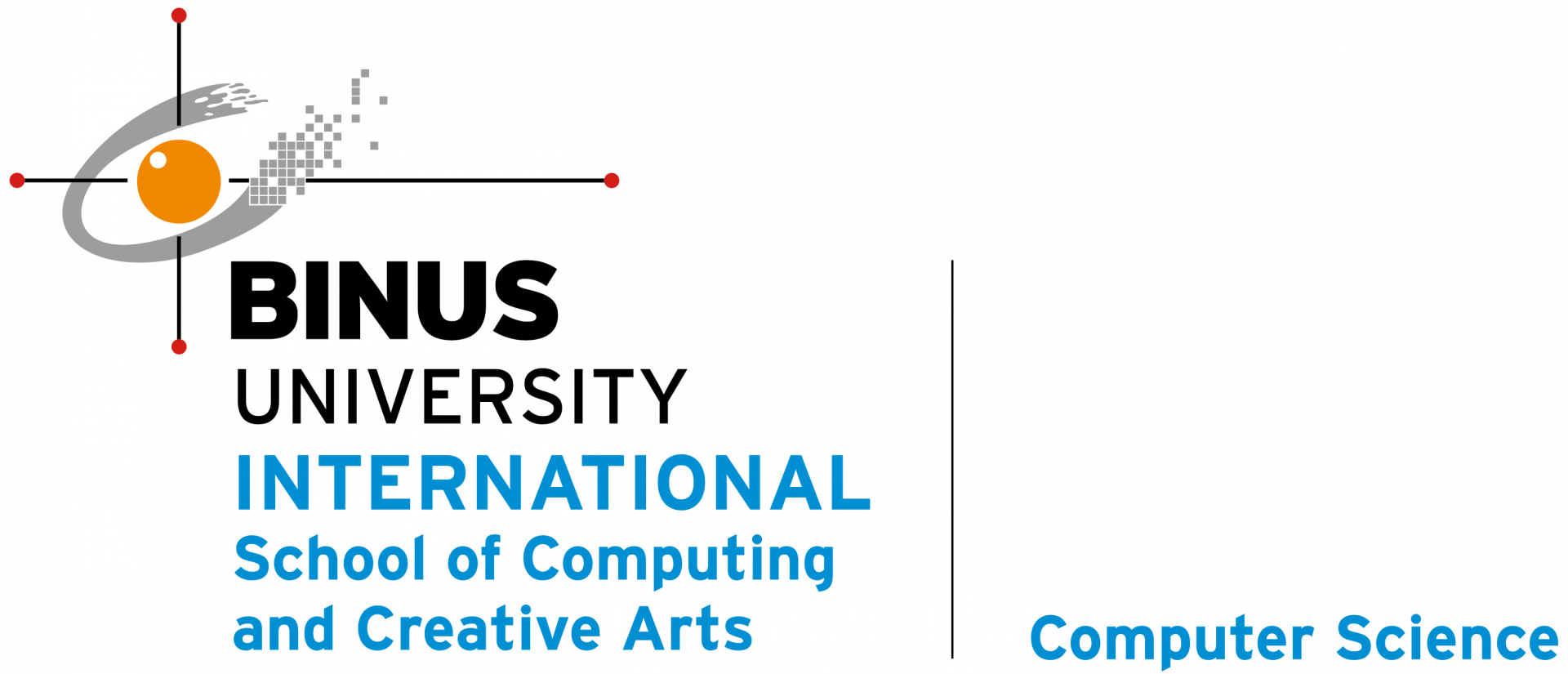Pervasive Computing: State-of-the-art technology

Image Source: https://pcs.tm.kit.edu/english/index.php
By: Dr Maria Seraphina Astriani
Pervasive computing and intelligent multimedia technologies are becoming increasingly important to the modern way of living.
The main objective of pervasive computing systems is to create environments where computers become invisible by being seamlessly integrated and connected into our everyday environment, where such embedded computers can then provide information and exercise intelligent control when needed, but without being obtrusive.
Pervasive computing involves state-of-the-art technology:
- Middleware and programming model
- Middleware hides the complexity and heterogeneity of underlying hardware and network platforms.
- Context-awareness computing
- Context awareness is a mechanism that assist pervasive application in adapting their behaviors to the evolving contexts.
- Resource allocation and management
- Resources in pervasive systems are limited and heterogeneous.
- Efficient resource management policies play a very important role in pervasive computing (and also related to resource allocation).
- Human-computer interaction (HCI)
- HCI provides channels for people to communicate with digital worlds.
- In smart spaces, HCI marks itself off from tradition interaction with various computing devices (e.g., TV, smartphone, refrigerator, etc.) by incorporating diversifies interaction modalities (e.g., speech, gesture, face expression, etc.).
- Pervasive transaction processing
- Provide mobile users with reliable and transparent services anytime and anywhere.
- Context-aware transaction model and a context-adaptive and energy-efficient transaction management mechanism (CETM) for pervasive processing.
- Data mining
- Current data mining engines are difficult to use, requiring optimizations by data mining experts in order to provide optimal results.
- To solve this problem, by maintaining the functionality of current data mining tools and adding pervasive characteristics such as invisibility and ubiquity which focus on their users, providing better ease of use and usefulness, by providing autonomous and intelligent data mining processes.
References:
- https://www.amazon.com/Pervasive-Computing-Innovations-Applications-Communications/dp/1848825986
- Guo, M., Zhou, J., Tang, F., & Shen, Y. (2016). Pervasive computing: concepts, technologies and applications (1st ed.). CRC Press
- https://link.springer.com/chapter/10.1007%2F978-3-319-31307-8_58

